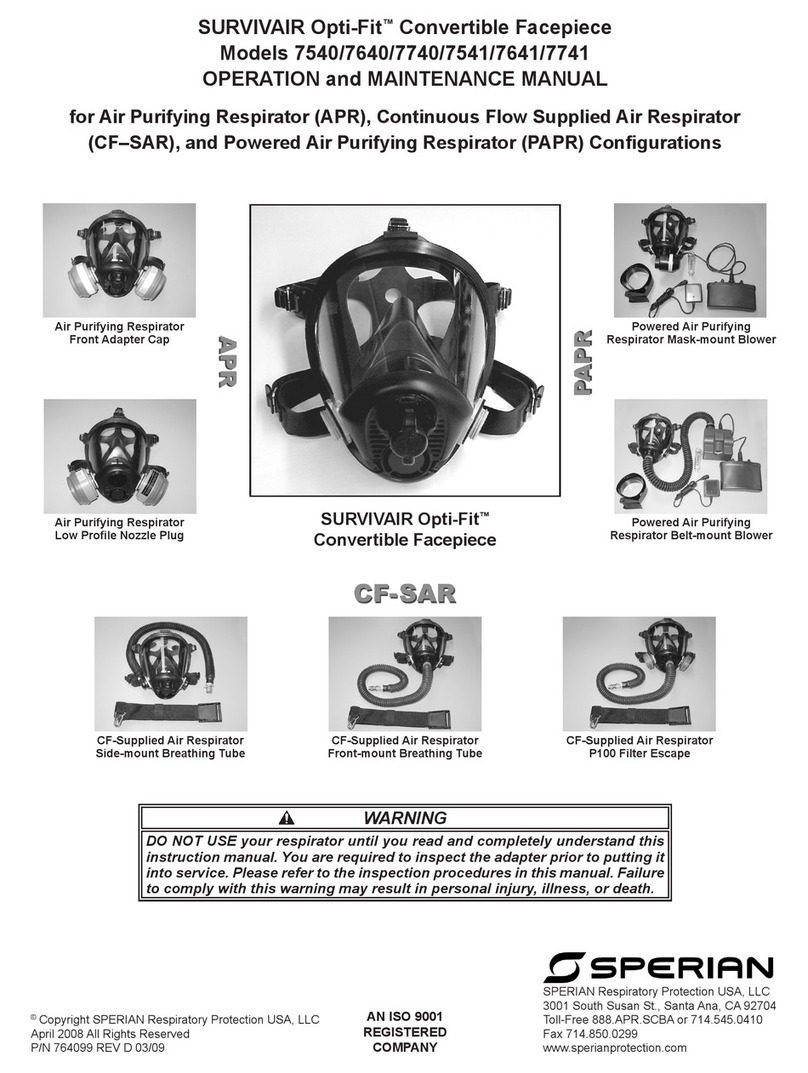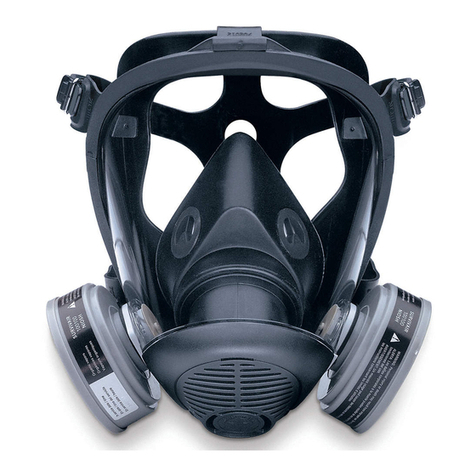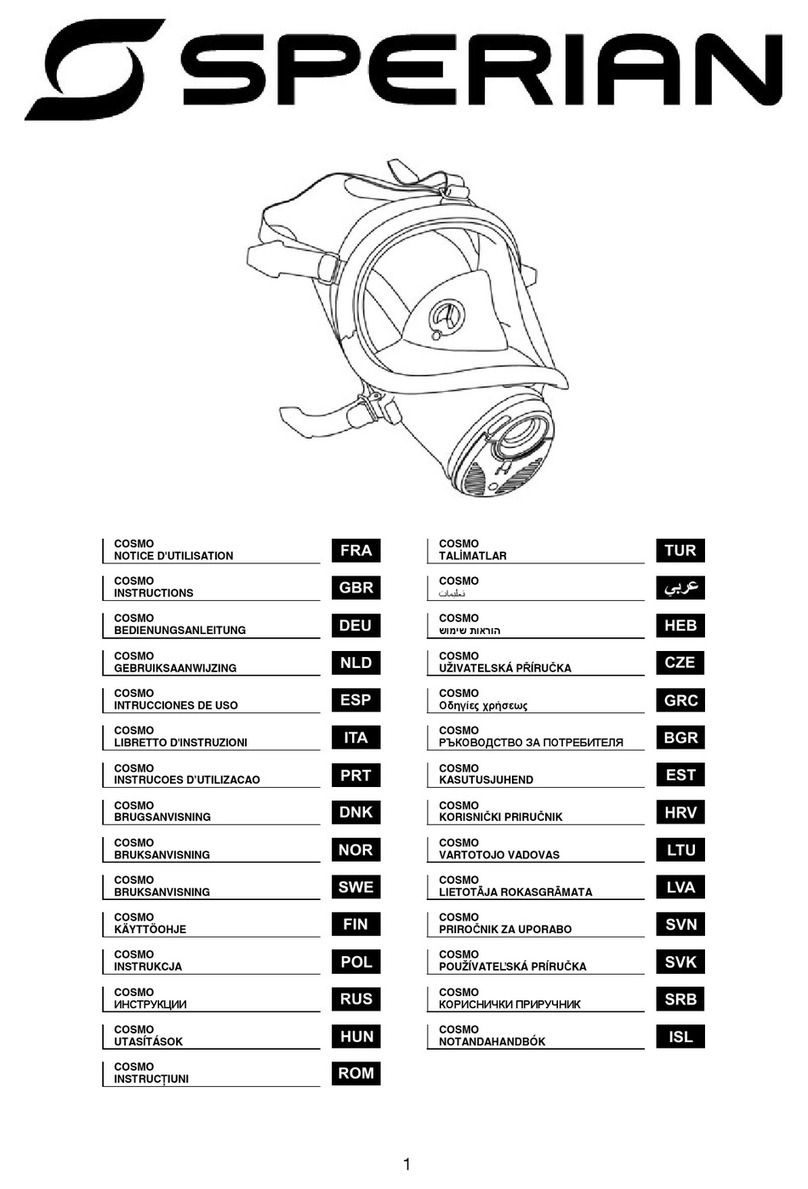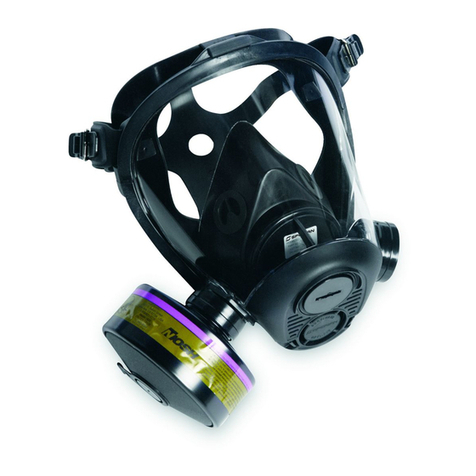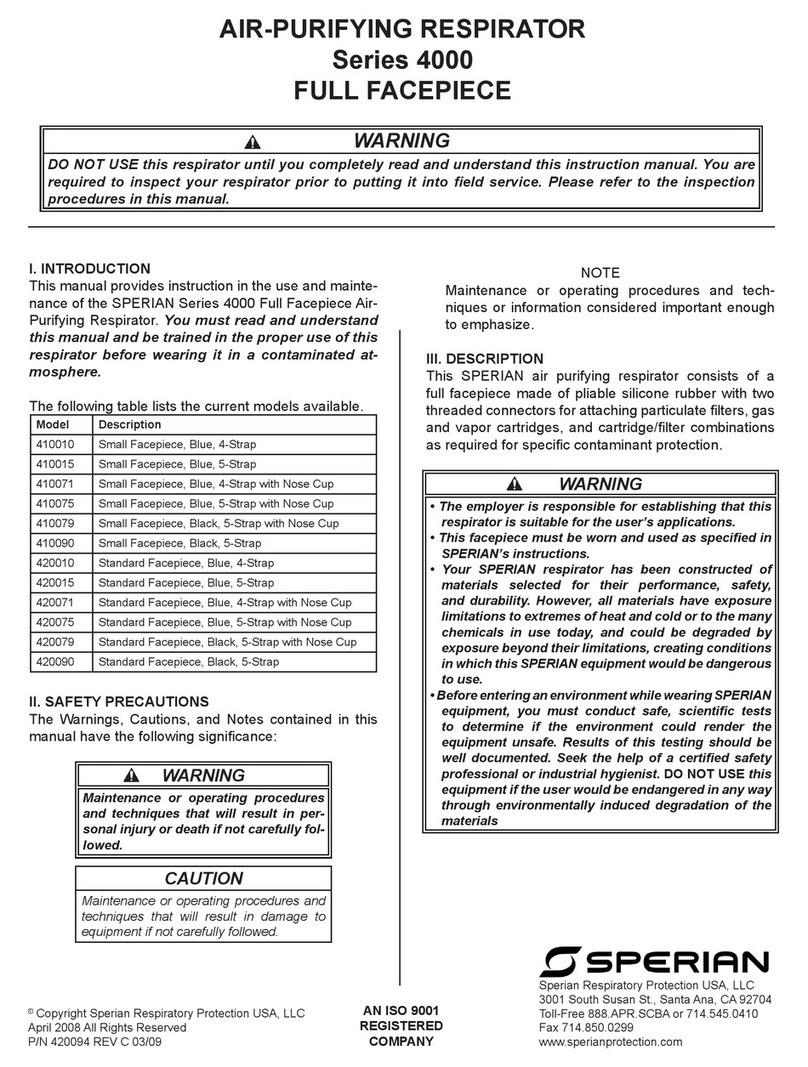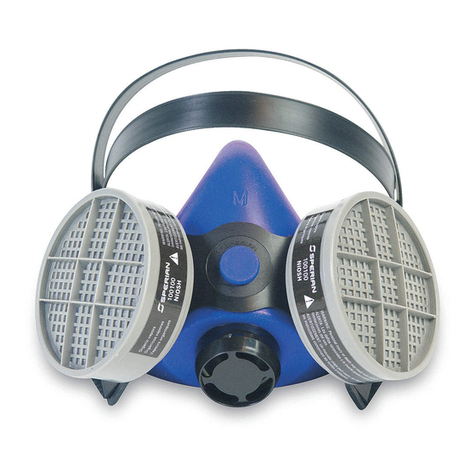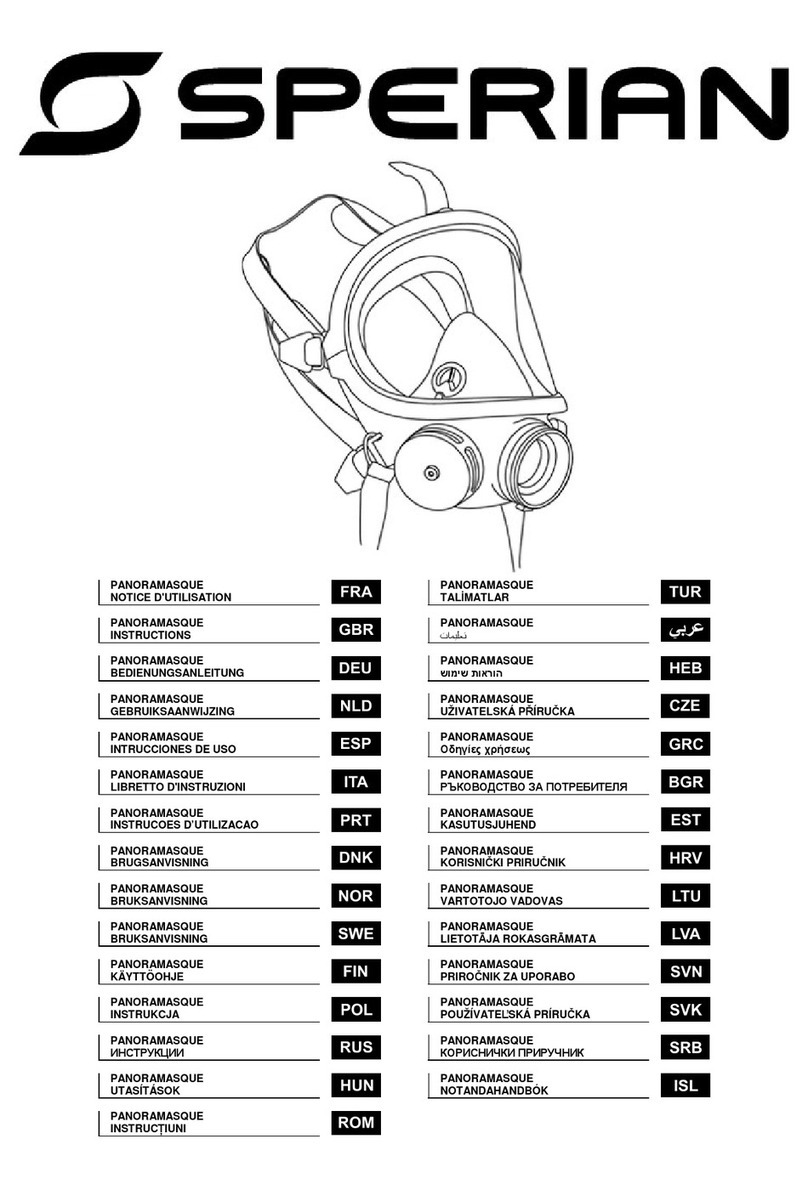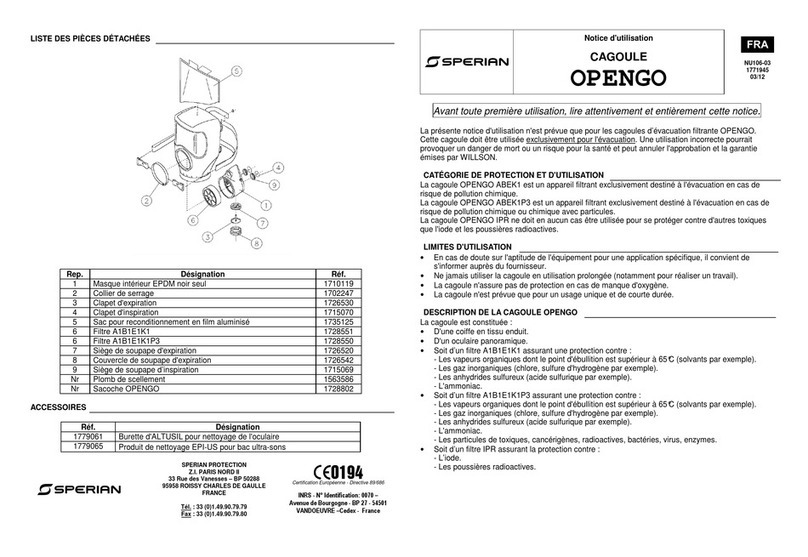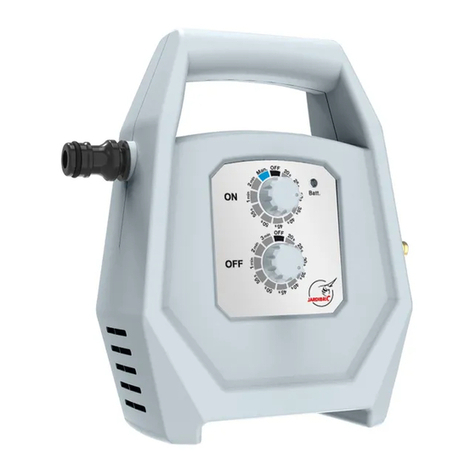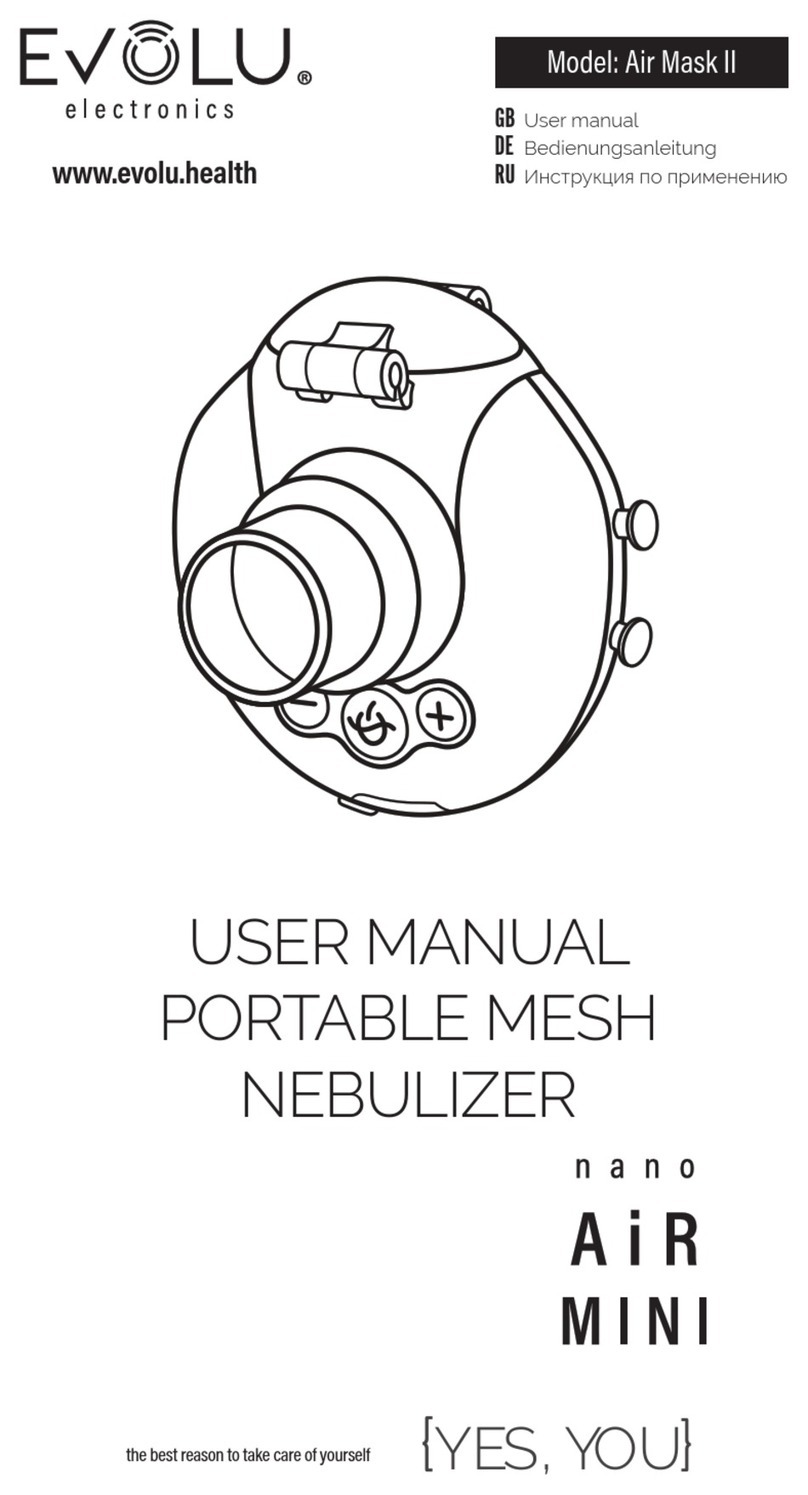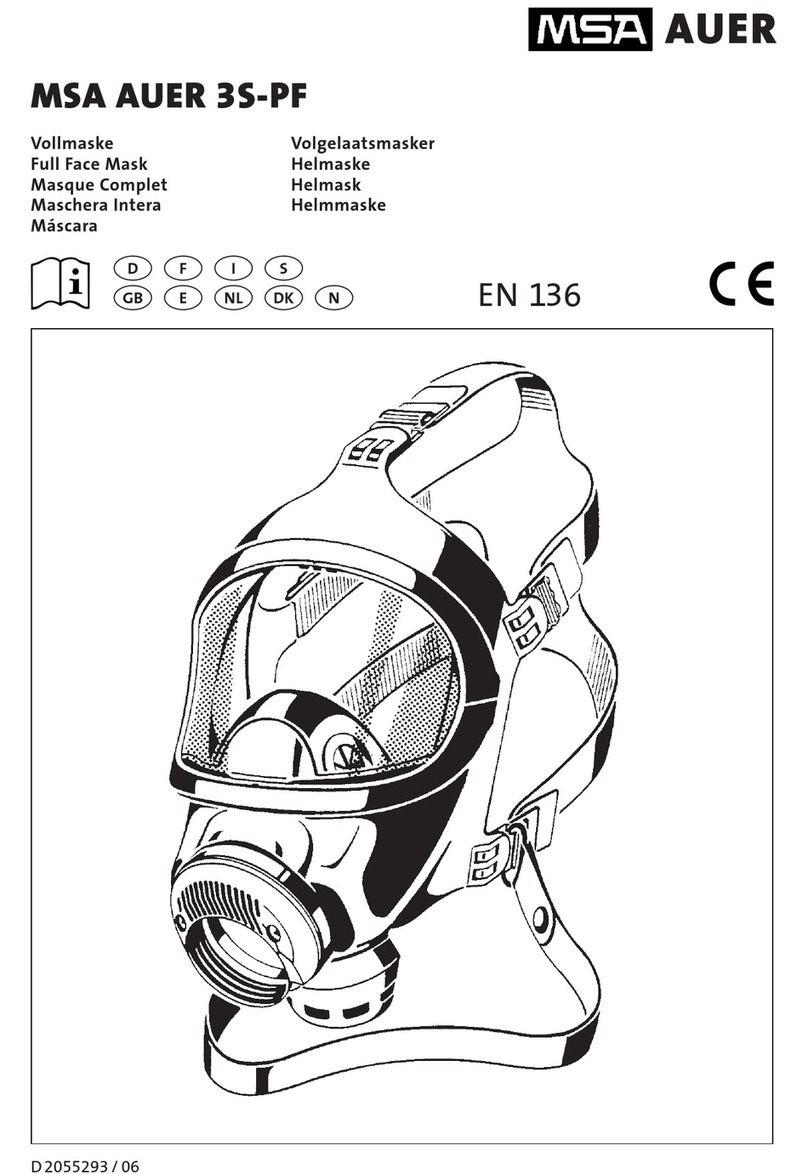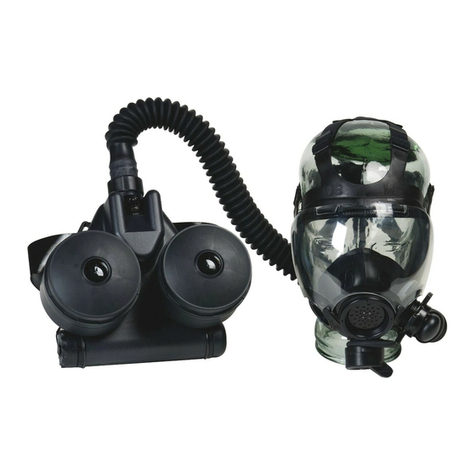
2
APR 2000 Belt-Mounted Half Mask
WARNING─continued
Immediately return to a non-contam-•
inatedareaif:
You taste or smell contaminants,a.
or your eyes, nose, or throat be-
come irritated;
Breathingbecomesdifcult;b.
The air you are breathing becomesc.
uncomfortably warm;
You feel nauseous or dizzy;d.
Any of the end-of-service-life in-e.
dicators on the metallic mercury
vapor cartridge turns gray; or
The facepiece moves, slips, or leaks.f.
This respirator must not be used for•
fumigation, abrasive blasting, under-
water diving, or interior structural
reghting.
If this respirator will be used during•
welding, it is the user’s responsibil-
ity to obtain the proper equipment
for protection against sparks, optical
radiation, and impact.
Do not wear this respirator if a satis-•
factoryt,asdeterminedbyaquali-
tativeorquantitativettest,cannot
be obtained. See ANSI Z88.2, latest
edition, and OSHA Standards for As-
bestos and Lead. Beards, stubble, or
sideburns will prevent a good face-
piece seal, and facial hair may inter-
fere with valve function. Do not use
this respirator unless you are clean
shaven. Absence of one or both den-
tures can seriously affect the t of
the facepiece.
Never use this respirator without•
SPERIAN cartridges or lters se-
curely threaded onto the plenum.
This respirator must be used in con-
junction with a written respirator
program meeting the requirements
of the OSHA Standard for Respira-
tory Protection, 29 CFR 1910.134,
available from the U.S. Department
of Labor, Occupational Safety and
Health Administration. The program
must include procedures for evaluat-
ing air contaminants and selecting
appropriate respirators, procedures
for proper use of respirators, proce-
dures for testing the facepiece-to-
facetofrespirators,proceduresfor
cleaning, disinfecting, inspecting,
maintaining, and storing respirators,
procedures for determining if work-
ers are physically and medically
capable of wearing respirators, and
procedures for training employees in
the use of respirators and in recog-
nizing the hazards associated with
contaminants in the work place. This
respirator will reduce, but not elimi-
nate the inhalation of contaminants.
Where suspected cancer-causing
contaminants are present, positive
pressure supplied air respirators will
provide higher protection levels.
WARNING─continued
All persons using this SPERIAN•
breathing apparatus must be made
aware of its limitations. We cannot
be responsible for any damage to
property, personal injury, or death in
which environmental exposure is a
contributing factor.
This respirator does not protect ex-•
posed areas of the body. Some con-
taminants can be absorbed directly
through the skin while others may
irritate exposed areas.
Do not use this respirator at temper-•
atures above 130°F (55°C).
SPERIAN respirators, accessories,•
and associated equipment should
not be used in atmospheres which
may contain contaminant concentra-
tions above the lower explosive limit
(LEL). Intrinsic safety certication
of electronic components does not
eliminate potential danger from igni-
tion in these atmospheres.
Your SPERIAN respirator has been•
made of materials chosen for their
performance, safety, and durabil-
ity. However, all respirator materials
have limitations when exposed to ex-
tremes of heat or cold, or to chemi-
cals. Materials may corrode or fail,
and permeation of gases and liquids
may occur. This could create condi-
tions in which this respirator would
be dangerous to use.
S. Special or Critical User’s Instruc-•
tion: The mercury vapor cartridges
incorporate four (4) end-of-service-
life indicators (ESLIs). The ESLIs
must be visible when wearing the
respirator without having to manipu-
late either the facepiece or the indi-
cator. If the indicator cannot be seen,
do not wear the respirator.
No respirator can provide complete•
protection from all conditions. Use
extreme care for emergency opera-
tions. Do not use this respirator for
applications involving exposure to
highheat,sparks,ordirectame.
Accessories not offered by SPERIAN•
may degrade performance, and will
voidNIOSHcertication.
Don not use this respirator if you have•
a health or respiratory problem.
FAILURE TO OBSERVE ALL WARN-•
INGS MAY RESULT IN PERSONAL IN-
JURY, SERIOUS ILLNESS, OR DEATH.
